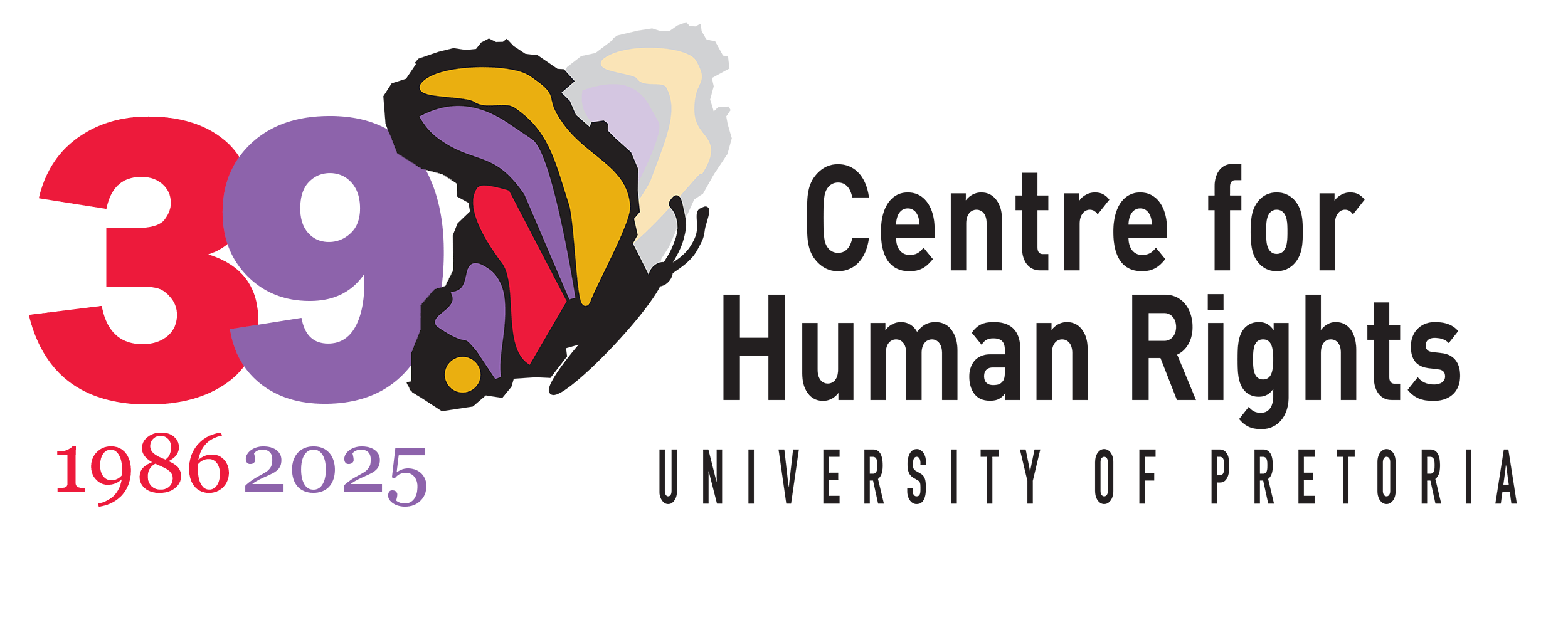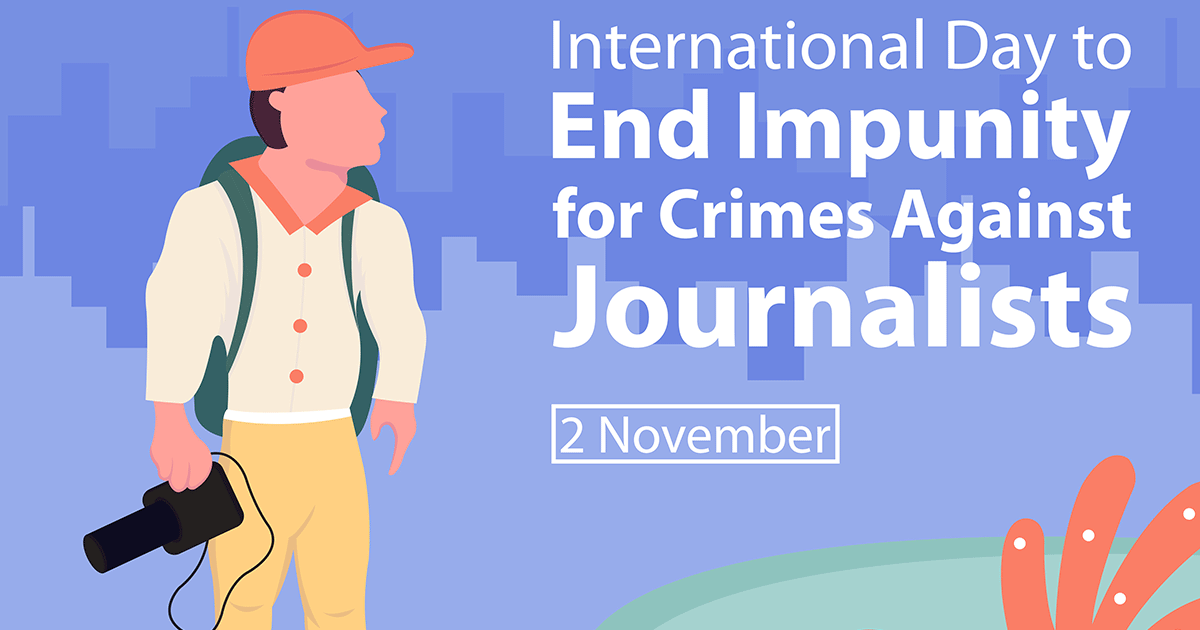When dawn breaks, the world stirs. But for many women journalists, the darkness continues. Because the threats they face are no longer only physical. They are digital and intimate and they are magnified by technology. On this 2 November, the Centre for Human Rights, Faculty of Law, University of Pretoria stands in solidarity with all women journalists, especially those whose voices are threatened by gender-based violence (GBV) facilitated or amplified through AI and recommits to ensuring that impunity no longer shields the abusers.
Since 2006, over 1,700 journalists have been killed worldwide in the line of duty. UNESCO’s Observatory of Killed Journalists warns that 85% of those killings remain unresolved. That’s nearly nine out of every ten. This year, this grim statistic must be read alongside newer dangers including among others, online doxxing, deepfakes, non-consensual intimate images and digitally orchestrated threats. The law has not caught up, and often, the abusers hide behind anonymity, algorithmic complexity or weak definitions of harm.
One distressing, deeply human example of this broader trend is the case of Agather Atuhaire, a Ugandan journalist, lawyer, and human rights activist. In May 2025, Atuhaire travelled to Dar es Salaam, Tanzania, with Kenyan activist Boniface Mwangi to observe the trial of Tundu Lissu, an opposition figure. They were arrested, held incommunicado, and subjected to brutal mistreatment. According to multiple reports, Atuhaire was blindfolded, stripped down to her underwear, beaten, sexually assaulted, injected with unknown substances, and left so weak she could barely walk. She was later dumped at the Uganda-Tanzania border in a state of physical and psychological distress.
Her story is not unique, but it is especially jarring. It illustrates how violence against women journalists today takes both corporeal and digital forms. Corporeal through physical torture and sexual violence and digital through dehumanisation, silencing, threats, and through the ominous potential for technology to magnify humiliation or evidence destruction. It also shows how legal and state systems can fail to protect those at the intersection of journalism and gender.
International law is unambiguous. Article 19 of both the Universal Declaration of Human Rights and the International Covenant on Civil and Political Rights guarantees freedom of expression, including for journalists. States are required not only to refrain from unlawful interference, but also to take positive steps to protect journalists from physical and digital violence, and to ensure accountability for those who commit such violations. The African Charter on Human and Peoples’ Rights likewise enshrines protection of expression and dignity, and at the regional level, the African Commission has provided detailed implementation guidance through instruments such as the Model Law on Access to Information for Africa, which offers a legislative blueprint for domestic legal reform and institutional safeguards. The Model Law gives practical effect to these protections by setting standards for proactive disclosure, oversight, and remedies where access to information is restricted. Building on this normative framework, the UN Plan of Action on the Safety of Journalists and the Issue of Impunity calls for stronger legal, policy, investigative, and technological safeguards.
Despite the enormity of the problem, there are glimpses of hope. In Morocco, legal reforms in 2024 strengthened professional rights for journalists and improved legal protections, while the country climbed 15 places in the Reporters Without Borders Press Freedom Index. In Kenya, media associations and civil society are increasingly organizing digital safety training, advocacy, and gender-responsive codes of conduct. These are not perfect solutions, but they demonstrate that progress, however fragile, can be built and scaled.
We must act with urgency and courage:
- States need to update laws so that AI-facilitated harm, including deepfakes, non-consensual image sharing and online harassment with gendered content is explicitly prohibited and prosecuted.
- Technology platforms must be accountable. Content moderation must be timely, gender-sensitive, transparent, and victims must have safe, accessible channels for redress.
- Survivors must be supported both in seeking justice and in recovering physically, mentally and emotionally. Their courageous willingness to speak out reveals both the scale of harm and the strength of resilience.
- Civil society, media institutions, lawyers and regional human rights bodies must demand accountability by amplifying survivors’ stories and pushing for enforcement at local, national, regional and international levels.
To Agather Atuhaire and to all women journalists struggling under digital and physical threats, we hear you. Your voice matters. The scars, seen and unseen, are part of a larger story of resistance. Ending impunity is not symbolic. It is essential. We call on all stakeholders, including governments, civil society, tech companies and international institutions to ensure that no more women journalists endure what Agather and so many others have suffered without justice.
On this 2nd day of November 2025, let us recommit not just to remembering those silenced, but to defending those who still speak and ensuring that impunity ends in courtrooms and in algorithms.


